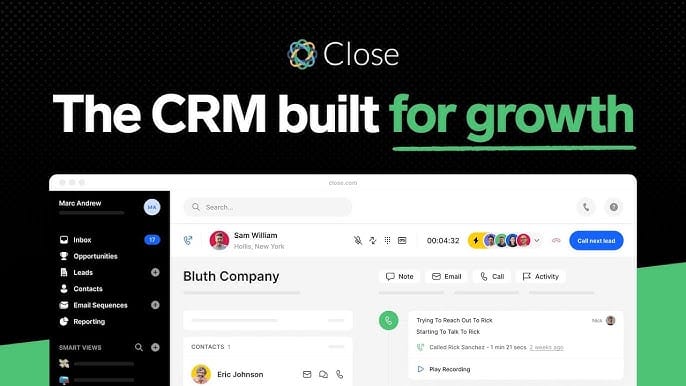The Sales Maze: A Journey from Chaos to Clarity
The fluorescent lights flickered overhead as I stared at the mountain of Post-it notes, scattered spreadsheets, and half-completed customer contact forms. Another late night at the office, and I was drowning.
“We can’t keep working like this,” I muttered to myself, running my hands through my hair. As the sales operations manager for a growing startup, I was responsible for keeping our team’s momentum alive. But our current system was a nightmare – leads slipping through the cracks, no consistent follow-up, communication falling apart at every turn.
The Impossible Puzzle of Sales Management
Our team was passionate but fragmented. We had talented salespeople who were spending more time wrestling with administrative tasks than actually selling. Each team member used a different method to track contacts – some relied on notebooks, others on random spreadsheets, and a few just trusted their memory. It was a recipe for disaster.
I remembered our last team meeting, where frustration boiled over. “I can’t find the email thread with that potential client,” Sarah had complained. Mark chimed in, “I’m pretty sure I called them last week, but I can’t remember exactly when.” The disorganization was costing us not just time, but potential revenue.
The Unexpected Discovery
I first heard about Close CRM during a late-night podcast about sales productivity. Skeptical but desperate, I decided to explore this potential solution. The initial exploration was tentative – another tool promising miracles seemed too good to be true.
But something felt different this time. The interface was clean, intuitive. No complex menus or overwhelming dashboards. Just a straightforward system that seemed designed by people who actually understood sales workflows.
The implementation wasn’t instantaneous, but the changes were immediate. Suddenly, our email communications were centralized. No more hunting through different inboxes or wondering if a follow-up was sent. The two-way email sync meant every conversation was tracked automatically.
“Wait, did you see this?” Mark asked one morning, pointing at the screen. “The system automatically logged my call with the tech startup we’ve been pursuing. And look – it even suggested a follow-up time based on our conversation.”
The power dialer was a game-changer. Instead of manually dialing numbers and wasting time between calls, our team could now reach multiple prospects efficiently. The automated workflows meant no lead was forgotten, no potential opportunity missed.
A New Operational Rhythm
Within weeks, our sales approach transformed from scattered to strategic. The AI-powered lead summaries gave us instant context before every interaction. Custom activity tracking allowed us to map our unique sales process precisely.
Sarah, who had been the most skeptical, became our biggest advocate. “I’m actually enjoying sales administration now,” she confessed. “I’m spending time connecting with clients, not fighting with technology.”
Breakthrough and Beyond
Our metrics told the real story. Lead conversion rates increased by 40%. Response times dropped dramatically. But more importantly, the team’s energy had changed. We were no longer fighting our tools; our tools were working for us.
Epilogue: The Wisdom of Intentional Technology
What I learned wasn’t just about a CRM system. It was about understanding that the right technology doesn’t replace human connection – it enhances it. For small businesses drowning in complexity, the key is finding solutions that simplify rather than complicate.
The most powerful sales tools are those that create space for genuine human interaction, that remove friction from meaningful conversations. Technology should be a bridge, not a barrier. And when you find a tool that truly understands your workflow, it’s not just an upgrade – it’s a transformation.
Our journey wasn’t about implementing software. It was about rediscovering the art of meaningful sales connections, one streamlined workflow at a time.






